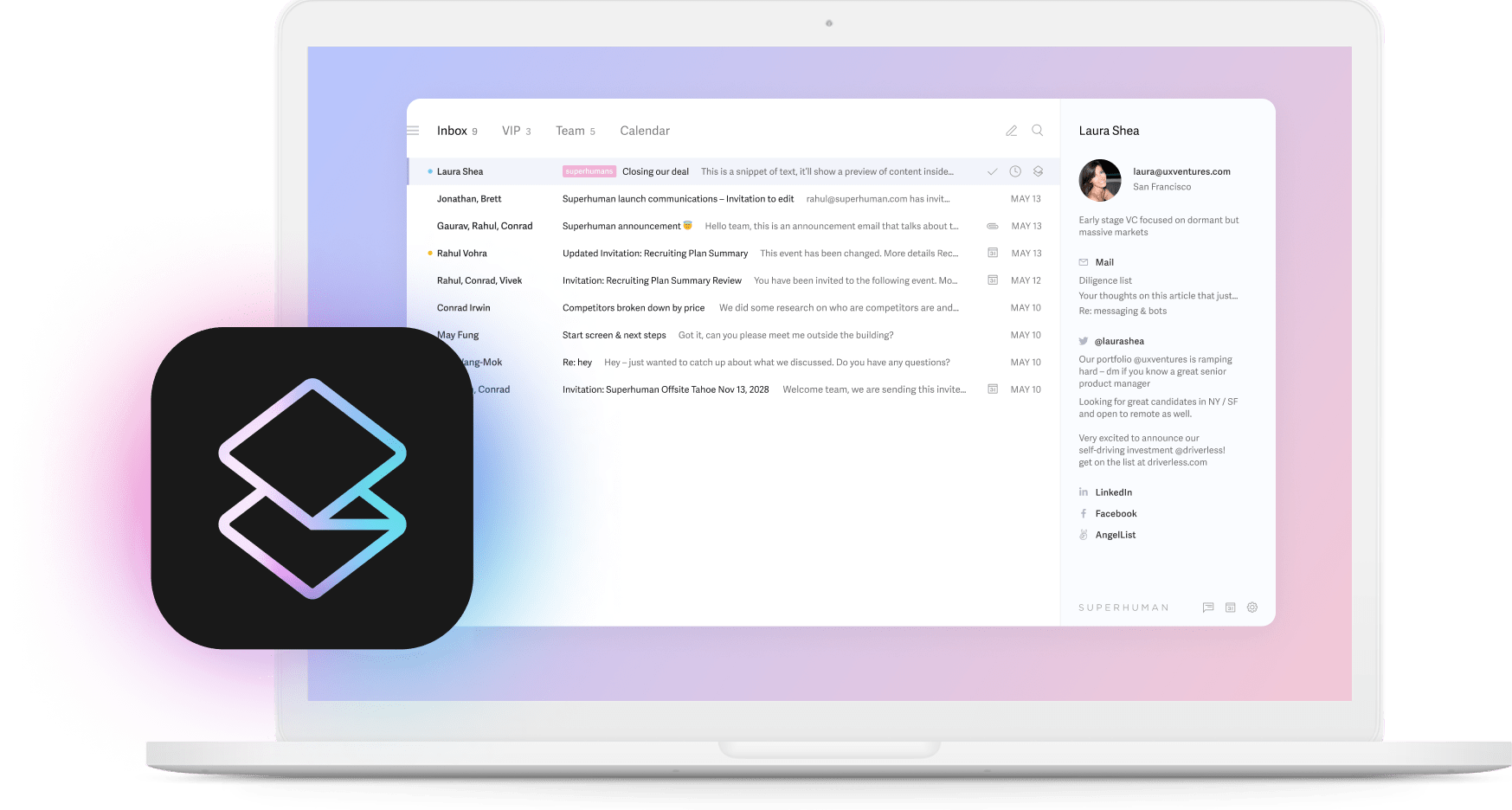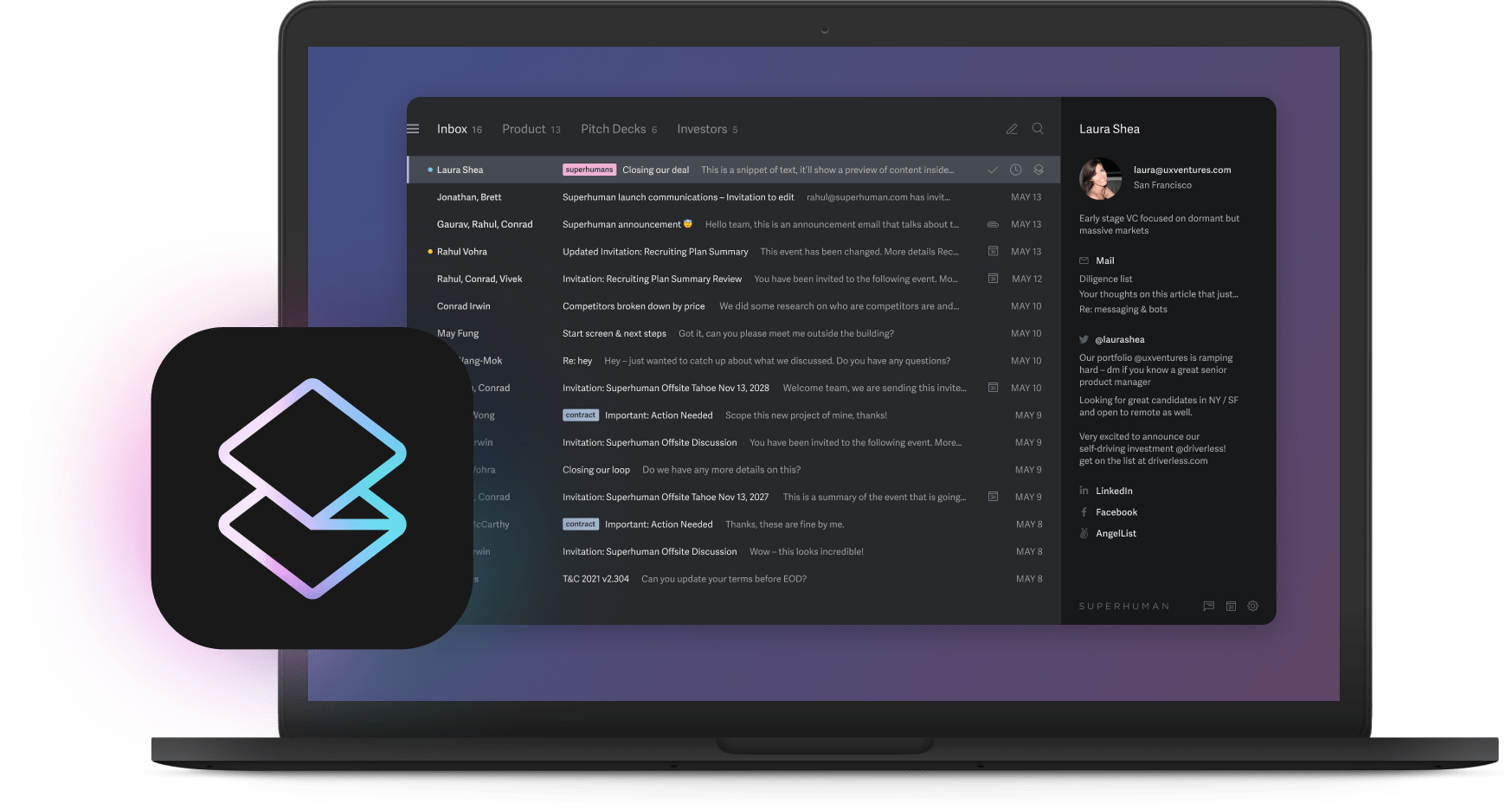
AI behavior psychologist. That's an actual job title companies are hiring for right now. By 2030, machines or human-machine teams will handle 53% of all work, yet most executives are debating remote work policies instead of preparing for 92 million jobs vanishing while 170 million new ones emerge.
The World Economic Forum isn't talking about tweaked job descriptions. We're seeing entirely new roles: people who referee AI-human conflicts, algorithm bias auditors, digital twin managers who predict factory failures. While you debate office policies, venture-backed competitors are building AI-native operations that spot patterns in minutes and make decisions with data you haven't started collecting. Every week of delay compounds their advantage.
The myths costing you everything
- Remote work debates miss the point entirely
Stanford proved remote workers get 13% more done. Automattic built a billion-dollar business without a single office. But executives still waste months arguing about where people should sit. Here's a thought. Maybe worry less about where people work and more about whether their jobs will exist next year. The real transformation isn't about location, it's about role viability.
- Reskilling programs can't keep pace
Traditional training takes longer than skills stay useful. You spend six months teaching someone a framework that's obsolete by graduation. While 75% of talent leaders see skill gaps coming, their training programs move like it's 1995. The solution isn't longer training programs. Small experiments you can start tomorrow beat elaborate programs that launch next quarter because they evolve as fast as the market changes.
- AI won't politely assist
Companies like Siemens and Amazon aren't just adding AI to what they do. They're rebuilding everything around what AI makes possible. By 2030, human-machine teams handle 30% of all work. Believing AI will just be a helpful assistant is like thinking smartphones would make payphones work better. The technology doesn't enhance old models, it replaces them entirely.
- The talent war already ended
Here's what changed. Small teams using AI crush big teams without it. When AI tools save each person 5-20% of their time monthly, five people accomplish what used to take seven. This math shifts everything. Companies that get this stop hoarding headcount. They start multiplying what each person can achieve. The winner isn't who has the most employees but who empowers them best.
- Age doesn't determine adaptability
Every job gets more complex, not just entry-level ones. A 25-year-old doesn't magically understand AI better than a 50-year-old. What matters is who keeps learning. Smart companies create two-year development plans for all workers over 50. Not because older workers struggle more, but because everyone needs constant evolution now. The divide isn't generational, it's between those who adapt and those who don't.
What dies, what emerges
Vanishing roles follow clear patterns:
Business analysts spend weeks building reports that AI now creates in minutes. Large language models spot trends, build dashboards, draft summaries with unprecedented speed. Strategic thinking stays human but number-crunching has already moved to machines. This shift eliminates entire departments built around manual data processing.
Content managers watch AI write, edit, optimize, and publish content faster than any human team. Creative direction survives but content coordination vanishes. When AI handles the mechanics, humans focus on meaning. The middle layer of content operations disappears because machines coordinate better than people ever could.
QA testers click through test scripts while self-healing software finds bugs, fixes itself, and files detailed reports. Quality leadership remains essential but manual validation joins the history books. Testing evolves from human verification to human strategy, with machines handling execution.
Sales reps dial for dollars while AI scores leads, writes personalized outreach, and qualifies prospects with superhuman accuracy. Relationship builders thrive but cold callers don't exist anymore. The shift rewards emotional intelligence over persistence, completely rewriting sales team composition.
Support agents answer password reset tickets that chatbots now handle in seconds. Customers prefer instant automated help to waiting for human responses. Complex problems need people but simple ones never will again. This creates a new support hierarchy where only the most skilled agents remain.
Emerging roles reshape organizations:
AI behavior psychologists make sure your AI coworker functions effectively. They blend psychology with programming to align machine behavior with company values. When employees stop complaining about AI tools and start praising their usefulness, these specialists have succeeded. Their work determines whether AI becomes a productivity multiplier or a source of friction.
Human-AI conflict mediators step in when algorithms and humans disagree. As 30% of work shifts to hybrid teams, someone needs to translate between silicon and carbon thinking. Success looks like faster decisions and fewer system conflicts. These mediators become essential as AI touches more critical decisions.
Algorithm bias auditors keep you out of court and in customers' good graces. They test for discrimination, ensure fairness, certify compliance. Their work shows up in clean audits and customer trust scores. Without them, AI becomes a liability rather than an asset.
Digital twin managers maintain virtual copies of operations that predict failures before they cost money. They feed real data into simulations that spot problems while you can still prevent them. Value appears as downtime avoided and maintenance predicted. These roles multiply as digital twins expand from factories to entire supply chains.
Synthetic reality coordinators design training and sales experiences in virtual worlds. They create useful tools, not games. They measure engagement time and skill acquisition speed to prove impact. As virtual experiences become standard, these coordinators shape how companies train and sell.
The 97 million job question
Those emerging roles represent 97 million new positions by 2027. These aren't futuristic possibilities waiting to happen. Companies need to fill these jobs right now. Wait to hire and you'll pay premium prices to poach from competitors who moved first. The talent shortage in these areas already drives salaries higher each quarter.
Work now splits into four clear levels, each with vastly different futures. AI architects at the top design the systems everyone else uses. They command the highest salaries and most influence because they literally build competitive advantage. Reality translators turn AI output into business decisions, bridging the gap between what machines suggest and what markets need. Relationship owners handle anything requiring genuine human connection, from complex negotiations to cultural development. At the bottom, the automated follow workflows that algorithms will soon follow better.
The gap between levels shows immediately in compensation, opportunities, and career trajectories. Different pay, different opportunities, different futures. McKinsey data confirms people can jump levels if they move fast. Wait too long and the elevator doors close. Movement between tiers happens now while the hierarchy forms, not later when it solidifies.
Consider this proof of urgency. 82% of professionals already use AI daily. They didn't wait for permission or perfect strategies. They just started. While committees debate policies, early adopters build advantages. Every day of delay widens the gap between those shaping the future and those reacting to it.
90 days to competitive survival
Days 1-30: map reality Look at every role in your company. Be honest about which ones face extinction. Calculate the real cost of keeping dying roles versus investing in emerging ones. Build a clear picture of the skills you need versus the skills you have. Create a migration path for employees who can make the jump. Face the truth about those who can't. This assessment phase sets the foundation for everything that follows, so brutal honesty beats comfortable delusion.
Days 31-60: run experiments Launch AI pilots where they can deliver quick wins. Give sales an AI assistant. Let marketing test automated content. Have engineering try AI code review. Start hiring for one or two emerging roles even if the job descriptions feel fuzzy. Move tier 3 and 4 employees toward tier 2 skills through real projects, not classroom training. These experiments reveal what works in your specific context, not what consultants claim should work.
Leaders need breathing room to drive transformation. Install Superhuman and watch email stop eating your days. When executives save 4 hours weekly on communication, that time flows into strategic thinking. Split Inbox alone makes the inbox feel 10x lighter by filtering what matters from what doesn't. This isn't about productivity for its own sake, but creating space to lead the transformation your company needs.
Days 61-90: scale successes Take what worked and spread it everywhere. If AI boosted sales efficiency 30%, roll it out globally. If micro-learning beat traditional training, make it standard. Track metrics that matter now. Revenue per employee, decision speed, tier migration rates. Old measures like headcount and utilization belong to the old world. By day 90, you'll have momentum that compounds rather than initiatives that fade.
Two years, no extensions
The future of work isn't approaching gradually. While executives debate return-to-office policies, smart companies rebuild their entire operating model. They hire for roles you've never heard of. They automate work you assume requires humans. They compound advantages daily while others plan quarterly. This gap between the prepared and unprepared widens exponentially, not linearly.
Every month you delay makes the gap harder to close. Their AI gets smarter with more data. Their costs drop while capabilities soar. Their best people get better at working with machines. By the time you start, they're not just ahead. They're playing a different game entirely. The competitive landscape shifts from who has resources to who uses them intelligently.
Tonight, pick one department. Map it against the four-tier system. Identify one dying role and one emerging need. Tomorrow, start one experiment. Next week, measure the results. These small actions compound into transformation, while grand plans without action guarantee obsolescence.
The companies that transform now will dominate the next decade. The companies that wait become case studies or acquisition targets. Neither option includes a future where you lead the market. The choice isn't whether to adapt but whether to lead the change or become its victim.
The clock's ticking. Time to choose which story you want to tell.






